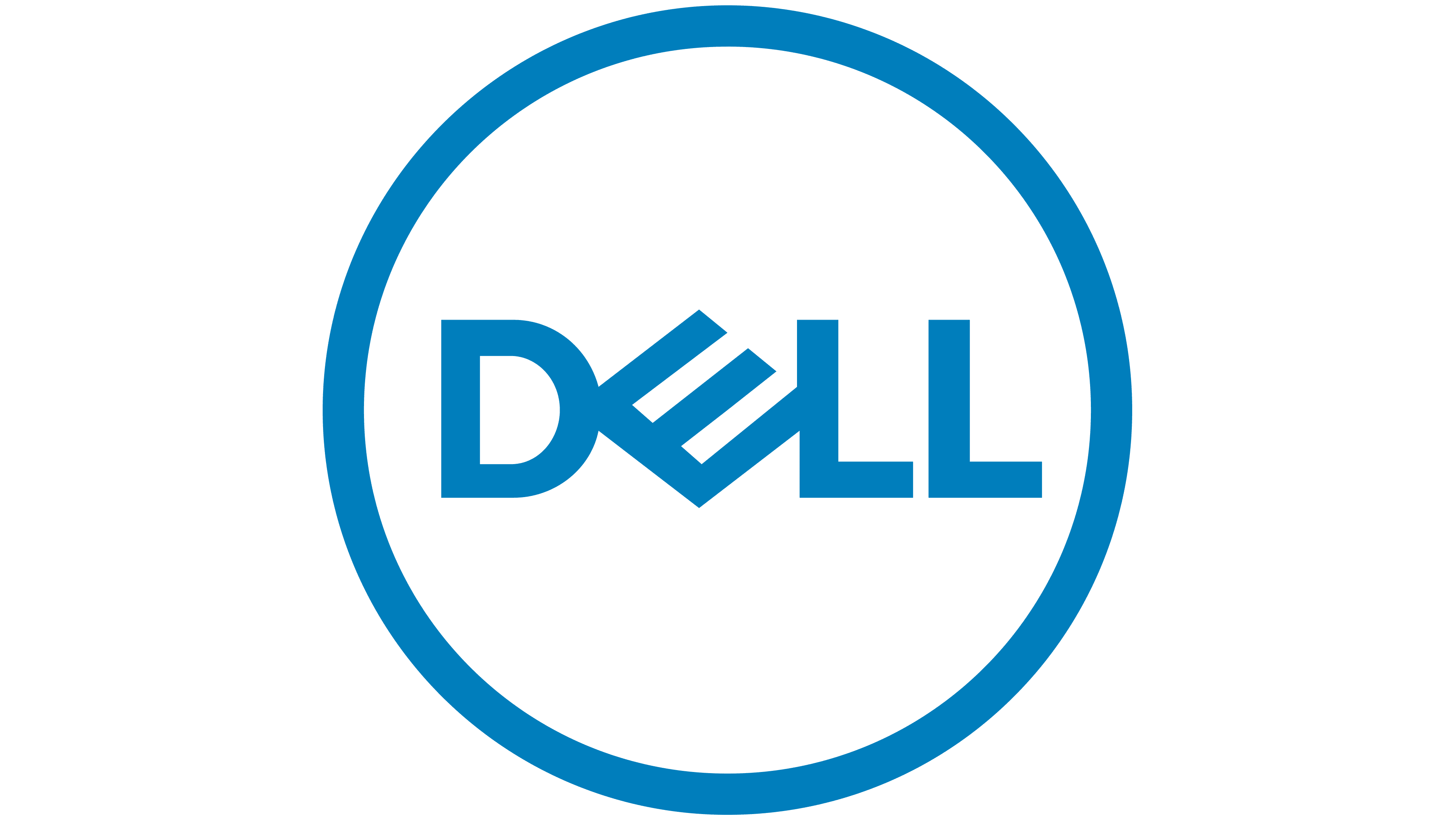Insurance And Companies

In the intricate world of business, insurance plays a pivotal role, shaping the landscape of corporate strategies and risk management. This article delves into the profound connection between insurance and companies, shedding light on its multifaceted nature and its influence on various industries. As we navigate the dynamic realm of risk mitigation and financial protection, we uncover the strategies, challenges, and innovations that define this relationship.
Understanding the Insurance Landscape for Companies

Insurance, an essential tool for companies, offers a safety net against unforeseen events and financial risks. From natural disasters to legal liabilities, the scope of insurance coverage is vast and varies across industries. Let's explore the key aspects of insurance tailored for companies.
Types of Insurance for Businesses
Businesses have a diverse range of insurance needs. Commercial Property Insurance safeguards physical assets like buildings and equipment, while Business Interruption Insurance provides coverage during periods when operations are disrupted. Liability Insurance, a critical aspect, protects companies from lawsuits arising from accidents or negligence. Additionally, Professional Indemnity Insurance is essential for professionals to protect against claims of negligence in their work.
For specific industries, tailored insurance policies are available. For instance, Product Liability Insurance is crucial for manufacturers, protecting them from claims related to product defects. Cyber Insurance, a growing necessity, safeguards businesses against cyber attacks and data breaches. These specialized policies highlight the importance of understanding industry-specific risks.
| Insurance Type | Description |
|---|---|
| Commercial Property Insurance | Covers physical assets against damage or loss. |
| Business Interruption Insurance | Provides financial support during operational disruptions. |
| Liability Insurance | Protects against legal claims and lawsuits. |
| Professional Indemnity Insurance | Covers professionals against negligence claims. |
| Product Liability Insurance | Essential for manufacturers, covering product-related claims. |
| Cyber Insurance | Protects businesses from cyber attacks and data breaches. |

The Role of Insurance Brokers and Agents
Insurance brokers and agents act as intermediaries between companies and insurance providers. They offer expertise in assessing risks and finding suitable insurance policies. By understanding a company's unique needs, they can negotiate favorable terms and ensure comprehensive coverage. Their role is crucial in guiding businesses through the complex insurance landscape.
Impact of Insurance on Corporate Strategies

Insurance is not merely a reactive measure; it influences the very fabric of corporate strategies. Let's explore how insurance shapes decision-making and risk management in companies.
Risk Mitigation and Business Continuity
Insurance serves as a powerful tool for risk mitigation. By identifying potential risks and purchasing adequate insurance coverage, companies can minimize financial losses and ensure business continuity. This proactive approach allows businesses to focus on their core operations without the constant worry of unforeseen events.
For instance, a manufacturing company with robust insurance coverage can quickly recover from a fire incident, minimizing downtime and maintaining its market presence. The ability to quickly resume operations is a testament to the value of insurance in risk mitigation.
Financial Planning and Investment Strategies
Insurance plays a significant role in a company's financial planning and investment strategies. By reducing the financial impact of risks, insurance frees up capital that can be allocated for growth and expansion. Companies can invest in new ventures, research and development, or expand their market reach with the confidence that their financial stability is protected.
Consider a tech startup that purchases Cyber Insurance. With this coverage, the startup can focus on innovation and market penetration without worrying about the financial implications of a potential cyber attack. Insurance becomes a catalyst for growth, enabling companies to take calculated risks and pursue ambitious goals.
Challenges and Innovations in Insurance for Companies
While insurance offers numerous benefits, it also presents challenges. Let's explore some of the key challenges faced by companies in the insurance landscape and the innovative solutions being developed.
Rising Costs and Premium Fluctuations
One of the primary challenges for companies is the rising cost of insurance premiums. Factors such as increased frequency of natural disasters, evolving regulatory landscapes, and changing risk profiles can lead to premium fluctuations. Companies must navigate these cost dynamics while ensuring adequate coverage.
To address this challenge, risk assessment technologies are being utilized to more accurately predict and manage risks. By leveraging data analytics and machine learning, companies can identify potential risks early on and take preventive measures. This not only reduces the likelihood of claims but also helps negotiate more favorable insurance terms.
Adapting to Rapidly Changing Industries
In today's dynamic business environment, industries are evolving at an unprecedented pace. Companies must stay agile and adapt to changing market demands and technologies. This rapid transformation presents unique insurance challenges.
Insurance providers are responding by offering flexible and customizable insurance policies. These policies allow companies to adapt their coverage as their business needs change. For instance, a tech company transitioning into new product lines can adjust its insurance coverage accordingly, ensuring protection for its evolving operations.
The Future of Insurance and Companies
As we look ahead, the relationship between insurance and companies is poised for significant evolution. Let's explore some of the emerging trends and their potential impact on the insurance landscape.
Technological Disruption and InsurTech
The rise of InsurTech – insurance technology – is transforming the industry. InsurTech startups are leveraging technology to streamline insurance processes, improve risk assessment, and offer personalized insurance solutions. From digital underwriting to AI-powered claims management, technology is enhancing efficiency and customer experience.
For companies, this means access to more innovative and tailored insurance products. InsurTech solutions can provide real-time risk assessment and instant coverage, ensuring businesses are protected as their operations evolve. The integration of technology into insurance is set to redefine the industry, making it more responsive to the dynamic needs of companies.
Sustainability and Environmental Considerations
With increasing environmental awareness and sustainability goals, companies are facing new risks and responsibilities. The impact of climate change and environmental factors is becoming a significant concern for businesses. Insurance providers are adapting to offer coverage for environmental risks and support companies in their sustainability journeys.
Insurers are developing sustainability-focused insurance products, such as Climate Change Insurance and Environmental Liability Insurance. These policies help companies manage the financial risks associated with environmental issues, from natural disasters to pollution liabilities. By incorporating sustainability into insurance, companies can mitigate environmental risks and contribute to a more sustainable future.
How can companies choose the right insurance coverage for their needs?
+Companies should conduct a thorough risk assessment to identify their unique exposure. Engaging with insurance brokers or agents who specialize in their industry can provide valuable insights. Tailoring insurance coverage to specific risks ensures adequate protection without unnecessary costs.
What are some emerging insurance trends for businesses to watch out for?
+InsurTech innovations, such as digital underwriting and AI-driven risk assessment, are transforming the insurance landscape. Additionally, the focus on sustainability is driving the development of climate-related insurance products, offering businesses new ways to manage environmental risks.
How can companies navigate rising insurance costs without compromising coverage?
+Companies can leverage risk assessment technologies to identify and mitigate potential risks proactively. By reducing the likelihood of claims, businesses can negotiate more favorable insurance terms and manage costs effectively.



